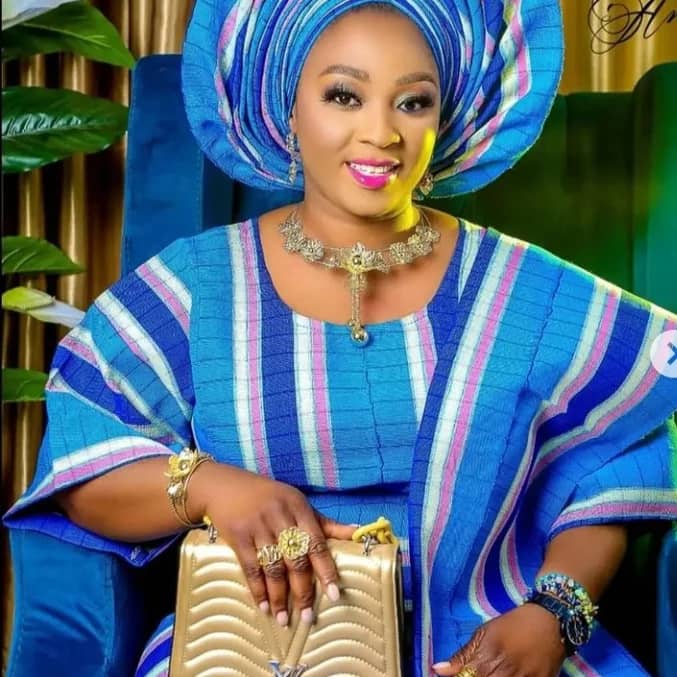ASOOKE---The traditional fabric in Yorubaland
#THE #ASO #OKE #FABRIC
Aso oke fabric, (Yoruba: Așǫ oke, pronounced ah-SHAW-okay) is a hand loomed cloth woven by the Yoruba people of western Nigeria. Aso oke means top cloth in the English language.
It is from the Yoruba culture in Ondo, Oyo, Ogun, Ekiti, Lagos, and the Osun States in southwestern Nigeria.
Over the years aso oke has stood in a prestigious space in the Nigerian fashion sphere. Earlier worn by only Yoruba royals and elites, it is presently accessible to anyone who wishes to have it.
In the 60s - 70s, it was produced predominantly from pure cotton and had a heavy feel to it due to its huge volume. The only embellishment to it was the dye used on it. Hues were in its rawest form and mostly in dual colors.
Aso oke is worn by both men and women. For women, It consists of four parts:
Buba - Yoruba blouse
Iro - a wrap skirt
Gele - head tie
Iborun or Ipele - shawl or shoulder sash
For men, Fila - cap, Agbada - Long or mid length Gown and Sokoto - Trouser
One notable and intriguing aspect of the aso oke fabric is its style relevance for several decades. It has evolved from different fashion eras in production and functionality. The fabric was produced predominantly from pure cotton and had a heavy feel to it due to its huge volume. The way of making Aso-oke cloth has remained the same for centuries, however new technology has EVOLVED in the way the Aso Oke is made to eliminate the weight and thickness. There are different texture to its appearance. It is now mixed with silk to make it light, easy to adapt into more designs / Styles and easy to wear, instead of the Typical Buba, and Iro.
Dresses, Trousers, tops and wrapper, Shoes, bags, Accessories - bangles, book covers, etc are few of other products made from Aso Oke.
Aso-oke is now embellished with stones, beads, pearls and embroidered looking more sophisticated . Thanks to Bimbo Ipaye @Bimms24, Idowu Dhebbie and other Aso oke beadiers
Laser Cut Aso Oke, Made popular by Deola Sagoe and her ‘Komole’ collections have graced the runways of international fashion shows
Aso-oke has evolved and standing the #Test #of #Time
.
.
.
#THE #FASHION #INDUSTRY
When it comes to clothing it’s no secret that people want to be trendy.
The modern industry, based around firms or fashion houses run by individual designers, started in the 19th century with Charles Frederick Worth who from 1858 was the first designer to have his label sewn into the garments that he created.
According to MarketLine, a business information company, the global apparel industry has been growing at a 4.78% yearly rate since 2011. Now valued at nearly 1.4 trillion dollars in sales for 2017, the industry shows no signs of slowing as the market is projected to experience 5.91% yearly growth over the next three years.
By 2020, the market size of the apparel industry is expected to reach a mind-boggling 1.65 trillion sales in US dollars worldwide. This is going to be about 60% increase in the market size since the 1.05 trillion dollar pool in 2011.
.
.
#NIGERIAN #FASHION
From the 1960’s till early 90’s, Nigeria was very much influenced by the European fashion, and more specifically British fashion since the British colonized us. However, since the 90s, the Nigerian fashion industry has experienced tremendous growth and has made/is making major impact in the fashion world.
Our forbearers have always been into fashion and they set the pace for what is the present day style














No comments